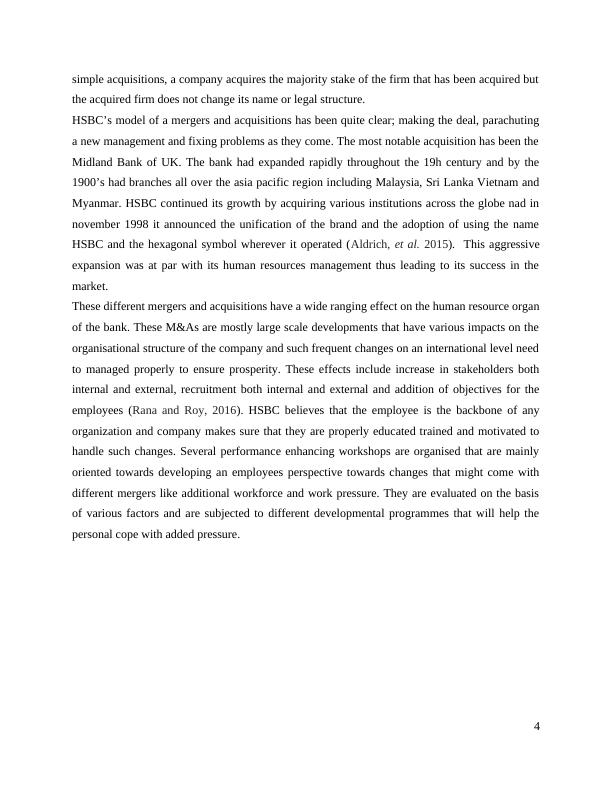International Human Resource Management Practice
11 Pages3180 Words151 Views
Added on 2023-06-05
About This Document
This article discusses the human resource management practices of HSBC, a British financial holding company. It covers the stages of organizational development, mergers and acquisitions, wholly owned subsidiaries, and international developmental strategies in Indonesia and Bangladesh. It also delves into the reward packages and pay systems in India and Dubai. The article concludes with two recommendations to enhance HSBC's service.
International Human Resource Management Practice
Added on 2023-06-05
ShareRelated Documents
End of preview
Want to access all the pages? Upload your documents or become a member.
Research and Analysis of HSBC International HRM
|14
|3161
|73
Report-HSBC | Commercial & Internal Analysis
|15
|5130
|48
PESTLE ANALYSIS 11 PESTLE ANALYSIS
|15
|2837
|309
Challenges of HSBC Bank
|20
|4273
|372
International business Assignment 2022
|11
|3866
|19
HSBC Case Study: Digital Transformation of Customer Experience & Work Methods
|11
|2419
|423




